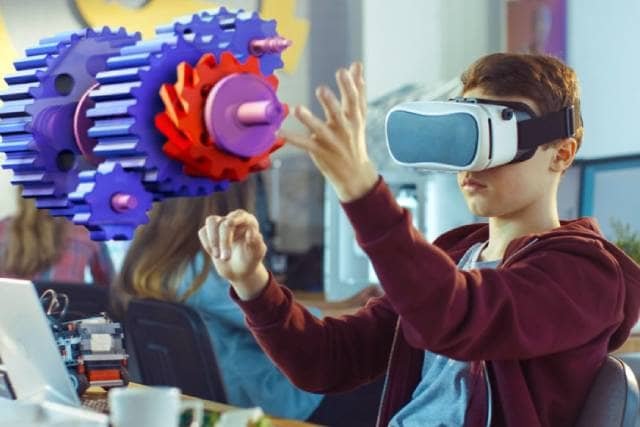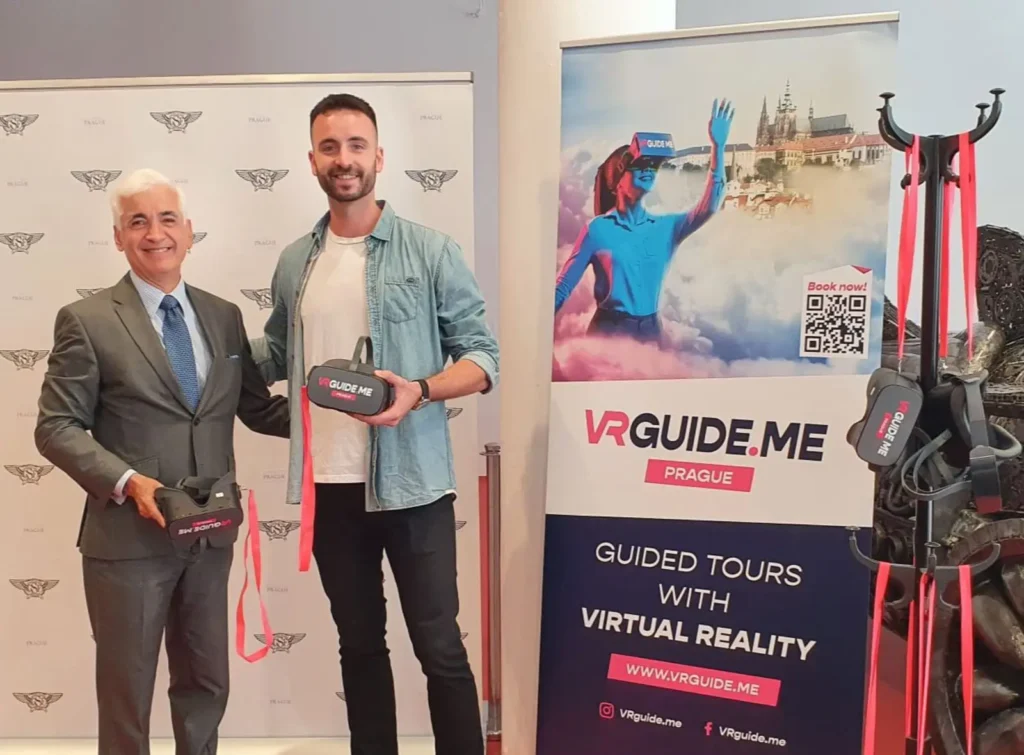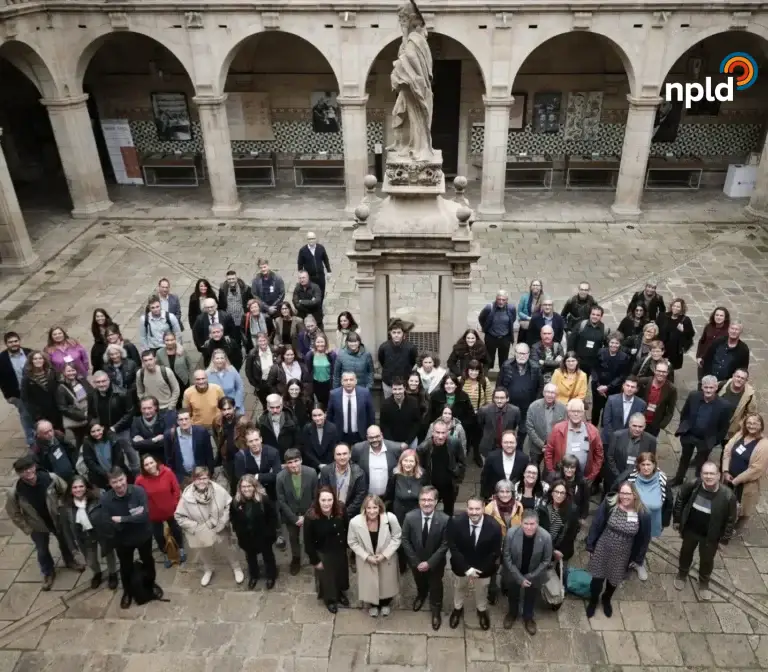
Inicio » Augmented Reality » Education of the future: The use of augmented reality
Education of the future: The use of augmented reality
Share note:
Introduction: Opening the Doors to a New Dimension of Education
In recent years, we have witnessed the radical transformation that technology has inflicted on all aspects of our lives, and education is no exception. One of the most exciting and revolutionary trends in this area is the growing incorporation of Augmented Reality (AR) in the classroom. AR has gone from a mere technological curiosity to a powerful tool that is redefining the way students learn and understand the world around them.

Exploring the Fundamentals of Augmented Reality in the Classroom
Augmented Reality, unlike its first cousin, Virtual Reality, does not transport us to a completely new world; instead, it enriches our experience of the real world by superimposing virtual elements on our environment. Imagine exploring a historical museum and, with a simple gesture, seeing historical figures come to life and share their stories with you. That is precisely what AR can achieve in the classroom, turning learning into an interactive and engaging experience.
Benefits of Augmented Reality for Learning
Traditional education faces constant challenges to keep up with the expectations and needs of today’s students. This is where AR comes into play, offering a diverse range of benefits.
- Interaction and participation are amplified when students can manipulate virtual objects in their real environment.
- Beyond textbooks, AR encourages active research and inquiry, allowing students to explore concepts in a hands-on way.

Practical Applications: Success Stories of Augmented Reality in the Classroom
The integration of AR in education has led to the creation of entirely new educational experiences. For example, apps like Skyview allow students to explore the universe from their classrooms, while tools like Wondershare Filmora Video Editor empower future filmmakers to edit content with a touch of AR. In addition, platforms such as Mondly have revolutionized language teaching, providing students with a virtual assistant to practice and master new languages.
Augmented Reality: Tools and Resources for Educators
How can educators immerse themselves in the world of AR? Fortunately, there are numerous accessible tools and platforms. Aumentaty, ZooBurst and Zappar are just a few of the options that allow educators to create immersive AR content. You don’t need to be a technology expert; creativity and a willingness to experiment are the key ingredients for designing impactful educational experiences.
-
Aumentaty: Aumentaty is an Augmented Reality content creation platform that enables educators and creators to design interactive and immersive experiences for students. The platform provides intuitive tools for uploading and combining real-world images with virtual elements such as 3D objects, audio and video. Users can create Augmented Reality bookmarks using images or QR codes, allowing students to scan these bookmarks with compatible devices to trigger enriching AR experiences. Aumentaty is a popular choice in educational environments due to its ease of use and ability to create engaging and personalized educational content.
-
ZooBurst: ZooBurst is a tool that allows educators and students to create books and narratives in Augmented Reality. Users can design virtual scenarios where they can add 3D characters, objects and interactive elements to tell stories and present educational information in a visually appealing way. ZooBurst is often used to develop creative writing skills, storytelling and interactive presentations. Books and narratives created with ZooBurst can be viewed through mobile devices or web browsers that support Augmented Reality.
-
Zappar: Zappar is an Augmented Reality experience creation platform that allows educators and creators to design interactive and visually engaging content. The platform offers tools to create Zappar codes, which are visual markers that students can scan with the Zappar app to access AR experiences. Users can add 3D objects, animations, videos and interactive elements to their creations. Zappar is widely used in education to enrich presentations, projects and learning activities. In addition, it offers the ability to track students’ progress and interaction with Augmented Reality experiences.
Overcoming Obstacles: Integrating Augmented Reality in Education
Implementing AR may seem challenging, but with the right guidance, obstacles can be successfully overcome. Educators should consider how to effectively integrate AR into their existing curriculum. Through creative and collaborative approaches, AR can enhance the understanding of abstract and challenging concepts by turning them into tangible and memorable experiences.
Overcoming Obstacles: Integrating Augmented Reality in Education
AR in education is constantly evolving and offers vast potential for the future. As technology advances, the possibilities become even more exciting. From visualizing geometric shapes in Mathematics to exploring emotions in Literature, AR promises to transform education into a fascinating and immersive journey.

Conclusion: Transforming Education through Augmented Reality
Augmented Reality is not just a technological pastime, but an educational tool that is changing the way students learn and educators teach. As more classrooms are immersed in this exciting world, education is becoming more interactive, engaging and relevant to the young minds that are shaping the future. Let’s seize Augmented Reality as an opportunity to drive creativity, innovation and a passion for learning in the generations to come.
Would you like to apply Augmented Reality in your educational projects? At Virtual Arena we are specialists in consulting and AR development for companies and institutions.
Recent articles
Categorías
Industrias
NoneDo you have a project in mind?
Related articles








